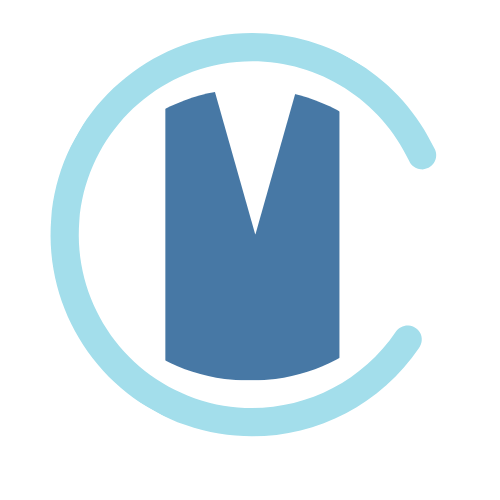Small businesses, often regarded as the backbone of economies, are driven by their aspirations for growth, frequently measured through workforce expansion. However, this journey towards expansion is anything but straightforward, as economic conditions, particularly fluctuations in interest rates governed by central banks, exert significant influence. , Without a doubt, there are intricate dynamics between high-interest rates and the growth of small business workforces. Specific market and economic impacts can promote unexpected opportunities and challenges. There are specific industries that are particularly sensitive to workforce expenses and cash-flow demands.
The Broader Economic Impact of High-Interest Rates
High-interest rates can have a profound impact on the overall economic landscape. According to a report by the Federal Reserve, a 1% increase in interest rates can result in approximately 150,000 fewer job openings in the United States alone. This statistic underscores the macroeconomic effect of interest rates on employment opportunities.
Immediate Impact on Job Seekers and Businesses
Reduced Hiring and Increased Competition: High interest rates lead to elevated borrowing costs for small businesses. As a result, entrepreneurs often become cautious, scaling back their hiring efforts. This translates into fewer job openings and heightened competition among job seekers. For instance, during a period of interest rate hikes in the early 2000s, job openings in the real estate sector dropped significantly, as reported by the Bureau of Labor Statistics.
Skill Enhancement and Specialization: Paradoxically, businesses facing financial constraints due to high interest rates tend to seek specialized skills. This dynamic creates an opportunity for job seekers willing to invest in enhancing their skill sets. A tangible example is the surge in demand for cybersecurity experts as businesses prioritize data protection in a digitally driven world.
Entrepreneurial Ventures: Limited access to traditional financing under high interest rates can ignite the entrepreneurial spirit. Consider the case of Jane, an aspiring entrepreneur during a period of high interest rates. Unable to secure a bank loan, she turned to crowdfunding and successfully launched her tech startup. This not only created jobs within her company but also stimulated growth in the tech industry.
Long-Term Benefits for Job Seekers
High interest rates, although challenging, can yield long-term benefits for job seekers:
Diverse Career Paths: Businesses adapting to economic challenges often seek candidates with diverse skill sets, opening doors to unconventional career paths. Sarah, for example, transitioned from a marketing role in a struggling retail company to a digital marketing specialist in a thriving e-commerce startup during a high-interest rate period, expanding her career horizons.
Resilience Building: The experience of job hunting during challenging economic times cultivates resilience and adaptability in job seekers. Mark’s journey of securing employment during a recession not only toughened him but also equipped him with valuable skills that made him a versatile asset to future employers.
Entrepreneurial Mindset: High-interest rates can spark an entrepreneurial mindset among job seekers. Amy, unable to secure financing for her small cafe due to high interest rates, founded a thriving online bakery. This entrepreneurial spirit not only created jobs but also contributed to the growth of the food industry.
Industries Thriving Amidst Workforce Expenses
Certain industries display remarkable resilience and growth despite workforce expenses and cash-flow challenges:
Technology: The tech industry consistently offers abundant job opportunities, with a sustained demand for skilled professionals in artificial intelligence, cybersecurity, and software development. Data from the Bureau of Labor Statistics reveals a steady increase in tech job openings even during periods of high interest rates.
Green Energy: As the world intensifies its commitment to sustainability, the green energy sector experiences rapid expansion. Job seekers equipped with expertise in renewable energy and environmental science are in high demand. Solar energy companies, for instance, have shown consistent growth in employment, as reported by the Solar Energy Industries Association.
Healthcare: The healthcare industry remains a stable source of employment, especially for healthcare providers, technicians, and professionals. Advances in telemedicine and healthcare technology continue to create new roles, contributing to a stable job market.
Tips for Business Owners to Foster Workforce Growth in a High-Interest Rate Environment
Small business owners can take proactive steps to navigate the challenges and capitalize on the opportunities presented by high-interest rates:
Innovative Financing: Explore creative financing options, such as crowdfunding, peer-to-peer lending, or forming strategic partnerships. These alternatives can provide much-needed capital when traditional loans are less accessible.
Employee Development: Invest in the development of the existing workforce to maximize their potential. A well-trained and adaptable team can help businesses thrive even in challenging times, reducing the need for constant hiring.
Flexible Hiring Practices: Consider incorporating flexible hiring practices, such as utilizing part-time or freelance workers, to scale the workforce according to immediate needs without committing to long-term contracts.
Stay Informed and Agile: Maintain awareness of economic indicators and interest rate trends. This proactive approach enables business owners to make well-informed decisions and adapt workforce strategies effectively to evolving market conditions.
Conclusion
Consider the inspiring story of a small software development company navigating a period of high interest rates. Faced with limited borrowing capacity, the company chose to invest in upskilling its existing workforce. This strategic decision not only improved its competitiveness but also attracted clients seeking specialized expertise. As a result, the company not only survived the challenging economic environment but thrived, creating new opportunities for its workforce and setting an inspiring example for others in similar circumstances.
High-interest rates, while posing immediate challenges, can be a catalyst for long-term growth and innovation. Through skill enhancement, resilience building, and an entrepreneurial spirit, both job seekers and business owners can not only weather economic storms but also thrive in an ever-evolving economic landscape, as the data and real-life examples illustrate.












